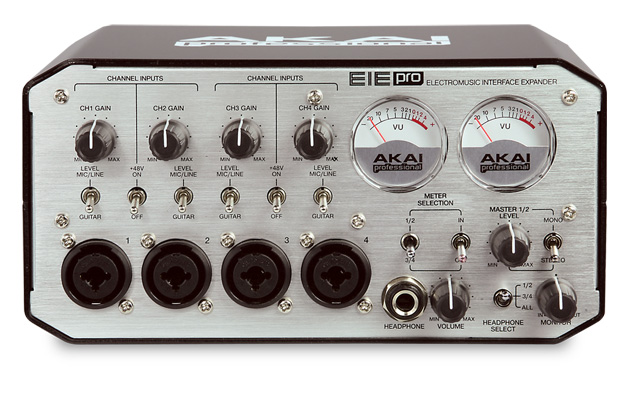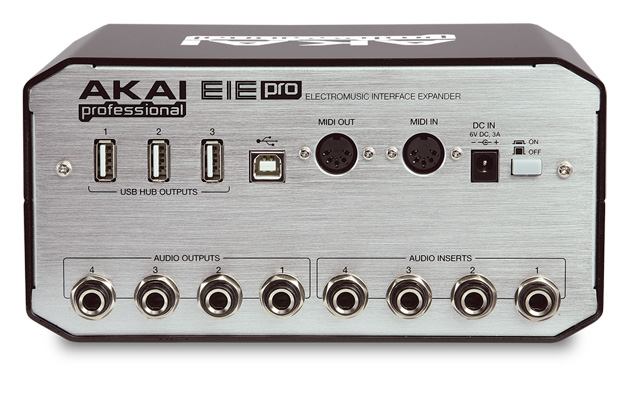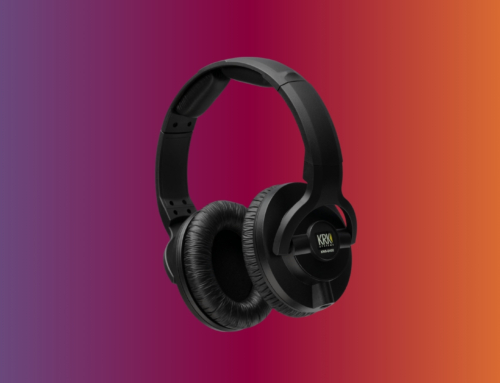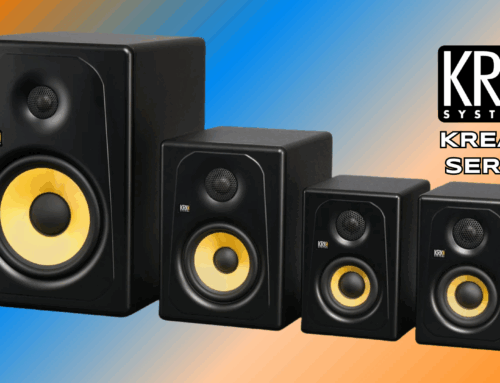 Trying to choose an audio interface in today’s market is tough. For DJs, the choice is somewhat limited, as some of the most popular software is hardware-integrated with a specific set of sound cards. For producers, the story is a little different. It has always seemed to me that budding studio engineers are left with a choice between affordable units which represent a compromise on features or sound quality and high-end, well-known interfaces which shine in the studio but may leave you penniless. At last, I have discovered the solution to end my woes: the Akai EIE Pro audio interface. With more features than you can shake a stick at, the EIE Pro outshines so many of its competitors – and though the price tag is admittedly higher than some of the budget sound cards available, the quality and foreseeable longevity of this unit make every cent worth it.
Trying to choose an audio interface in today’s market is tough. For DJs, the choice is somewhat limited, as some of the most popular software is hardware-integrated with a specific set of sound cards. For producers, the story is a little different. It has always seemed to me that budding studio engineers are left with a choice between affordable units which represent a compromise on features or sound quality and high-end, well-known interfaces which shine in the studio but may leave you penniless. At last, I have discovered the solution to end my woes: the Akai EIE Pro audio interface. With more features than you can shake a stick at, the EIE Pro outshines so many of its competitors – and though the price tag is admittedly higher than some of the budget sound cards available, the quality and foreseeable longevity of this unit make every cent worth it.
As it turns out, I’m a sucker for hefty, rugged hardware. Whether it’s the American Audio VMS4, the Allen & Heath Xone:DB4, or the Reloop Jockey 3, a piece of gear that’s built like a tank will always leave me impressed. The EIE Pro is no exception in that regard, with a full metal casing on all sides, high-quality XLR-1/4” combo jacks, old school toggle switches, and two beautiful LED-lit analog VU meters. As a hobby electronics enthusiast, the DIY feel communicated by the VU meters and toggle switches is a real treat. The bright white LEDs on the VU meters even flash red when clipping, offering a nice visual alternative to simply watching your needle redline. The four combo inputs on the front are accompanied by a stunning array of inputs and outputs on the back: four effects inserts, four auxiliary outputs, MIDI in/out and even a 3-port USB hub!

Since the EIE Pro has enough inputs and outputs to make your head spin, it allows for interesting and flexible audio routing configurations to suit whatever need may arise, whether you’re recording synths, percussive samples, or a full band. Simply recording four XLR inputs at one time is a treat, considering many of today’s most popular interfaces can only handle two. The two VU meters can be configured to monitor either the input or output levels of two channels at a time. The headphones similarly can monitor either two or all four channels at once, and a wet/dry knob controls the mix of input and output monitoring, rather than a simple switch. The four outputs on the back are useful to set up studio monitors in addition to your headphones – just two, or up to four channels, if you’re in to quadraphonics! The insert plugs are perhaps my favorite feature on this unit; the ability to send and return my software tracks to a hardware compressor or tape delay is highly underrated because – surprise! – VST plugins aren’t necessarily as adept as hardware when it comes to certain audio-enhancile techniques. While I’m accustomed to seeing insert plugs or send/return jacks on high-tier studio mixers and interfaces, this kind of feature set is all but unheard of for a unit in this price range.
A robust hardware feature set like that found on the EIE Pro is great, but none of it really matters unless it adequately captures and plays back your desired sounds. Fortunately, the EIE Pro delivers spectacularly in that regard. Boasting 24 bits of resolution and up to a 96 kHz sample rate, the EIE Pro has the specifications to shine in the studio, and in my experience neither poor sound quality nor latency have ever proved an issue. The sound is completely transparent and the EIE Pro more than competently tracks any input I throw at it with no noticeable frequency coloration or loss in dynamic range.

The EIE Pro does have a little brother, the Akai EIE interface, which is a 16-bit, 44.1 kHz, USB 1.0 device. All of the hardware that makes the EIE Pro so special is left intact, however, so the only noticeable difference is the specifications of the analog-to-digital and digital-to-analog converters. For me, these specs were hands-down enough of a difference to make the leap to Pro, and I’d recommend the same choice to anyone else deciding between the two. The Akai EIE Pro represents an incredible amount of value for a high-quality audio interface with rock-solid hardware and features galore. The Akai EIE Pro also includes a copy of Pro Tools Express. To my knowledge, there isn’t another interface on the market with such a high features-to-cost ratio. I’ll admit it may not be the most portable of interfaces for mobile producers, but situated in the right environment, the Akai EIE Pro could be the metaphorical foundation upon which your home studio is built.




